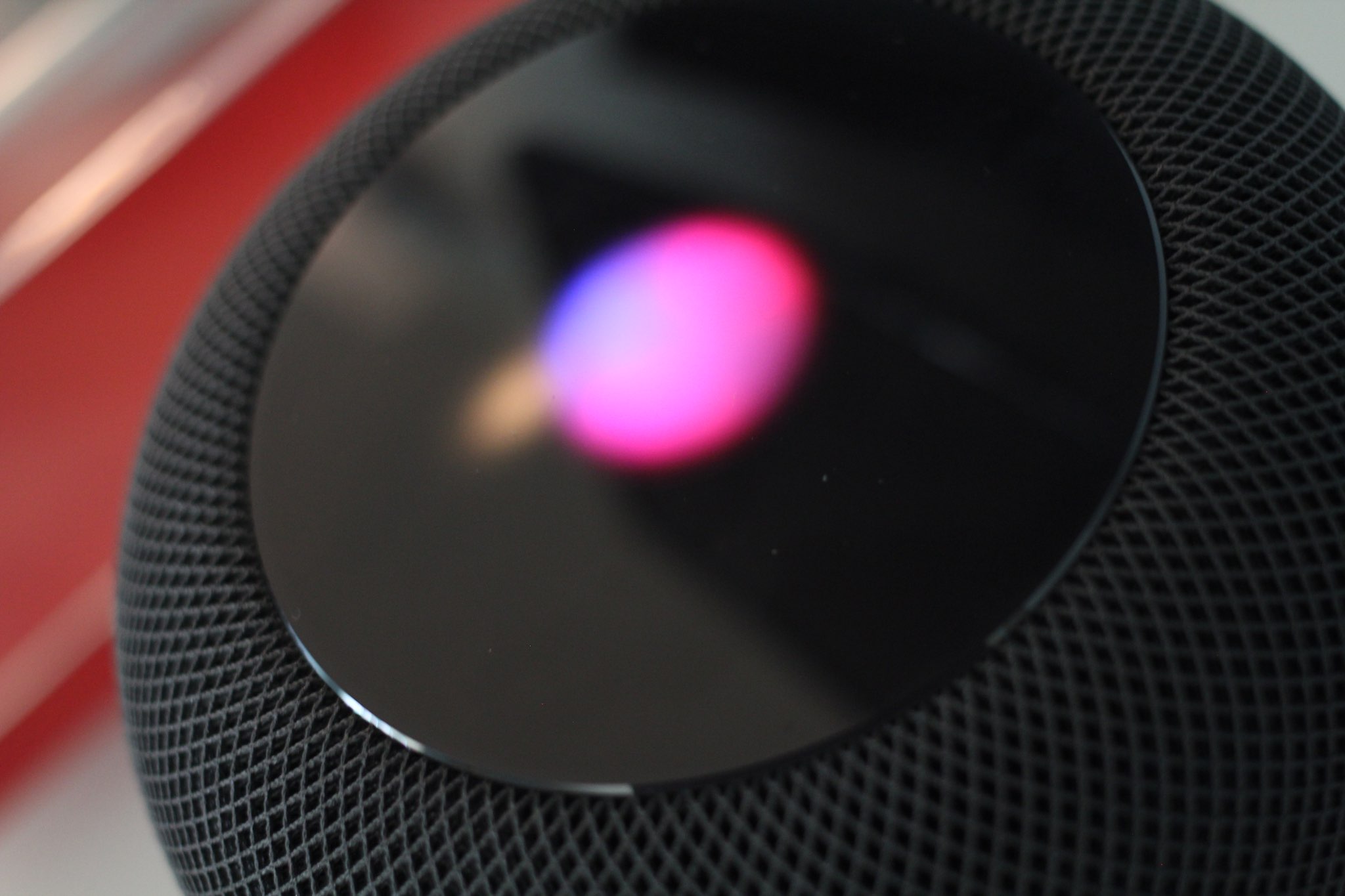Learn how to properly use the Hey Siri feature in a multi-device environment so that only the right Apple device responds to the wake-up phrase.

You can invoke Siri by saying “Hey Siri” on iPhone, iPad, AirPods, Apple Watch, Mac, HomePod, and Apple Vision Pro.
Note: If you’re based in the United States, Canada, United Kingdom, or Australia, you can just say “Siri” instead of “Hey Siri.” But for this tutorial, we’ll assume you call the voice assistant by saying, “Hey Siri.”
Related: Here’s why Apple chose the phrase “Hey Siri”
Which device responds when you say “Hey Siri”?
Apple’s Hey Siri feature uses Bluetooth proximity information to intelligently activate the smart assistant on one nearby device at a time, and determine which device should handle your request.
So, what will happen if you shout “Hey Siri” near multiple devices that support it?
In this case, all nearby Apple devices that support the Hey Siri capability will quickly communicate with each other via Bluetooth, and they will figure out among themselves which device you’re trying to use Siri on. Usually, the device that responds to your Hey Siri command is one of the following:
- The device that heard you best
- The device that was recently raised
- The device that was recently used
For example, if you raise your wrist to wake up the Apple Watch display and say the magic word, Siri knows you want to summon her through the watch, so she’ll send a quick command to other nearby devices to ignore the request.
However, things change if you have a HomePod around. This is because the lack of a proper screen makes Siri the most obvious way to control your HomePod. So, when you say Hey Siri in a multi-device room, in most situations, your HomePod assumes you are talking to it.
Secondly, the majority of the time, the HomePod would actually be the device that heard you best, given that it’s outfitted with a six-microphone array (HomePod 1st gen) or four-microphone array (HomePod mini and HomePod 2nd gen) for excellent far-field Siri reception.
Furthermore, the lack of several features (like apps) on the HomePod also equates to fewer system glitches, which ensures Hey Siri works perfectly on it most of the time compared to your iPhone or Mac.
How to use Siri on the desired device when you have multiple supported options around
There is no magic solution here.
If you say “Hey Siri” in your house and a device that you do not want to use responds, your only solution is to manually invoke Siri on the desired device using a method other than the “Hey Siri” hotword.
Tip: If you don’t want HomePod to respond, you can just say, “Hey Siri, turn off Hey Siri,” and then your other devices, like iPhone, will respond to future Hey Siri commands.
What to do if the wrong device responds to your “Hey Siri” request most of the time
Recently, I was listening to music on my HomePod and wanted to pause it. So, I said, “Hey Siri, pause.” However, Siri on my iPhone (kept on my table) responded and not my HomePod (kept at a slight distance). I was confused about why that had happened.
Then I looked at my phone’s Control Center, and Bluetooth was off. So, devices couldn’t talk to each other to decide which one would respond.
If you face similar situations, the following troubleshooting steps will help:
Enable Bluetooth: Be sure that each Hey Siri device has its Bluetooth turned on. If Bluetooth is disabled or your device isn’t in the Bluetooth range of the other devices, multiple devices might respond to your request.
Is your iPhone or iPad kept facing down: iPhone and iPad support the Facedown Detection feature that silences all alerts and temporarily disables Hey Siri if laid with its face down.
Turn on Hey Siri, stupid: Obviously, the Hey Siri feature must be turned on in Siri settings on each device that you want to use it with.
Update the OS: It goes without saying you should ensure that each device has the newest operating system from Apple. Having some devices on older software might result in multiple devices responding to Hey Siri.
Connect to the Internet: While Hey Siri recognition happens on the device, parsing queries requires an Internet connection. If you’re using Siri on Apple Watch, be sure that either the watch or the phone has an active Internet connection.
Check HomePod settings: The speaker lacks a screen that would make it immediately clear if “Hey Siri” is on or off. If you’ve disabled “Hey Siri” on your HomePod, touch and hold its top and say” Turn on Hey Siri” to re-enable the feature. Alternatively, use the Home app to turn off Listen for Hey Siri.
Open that lid: If your Mac supports Hey Siri but doesn’t respond to the trigger word, opening the lid will enable Siri listening session.
Don’t lock the Mac screen: Your Mac doesn’t respond to Hey Siri when the screen is locked. However, if you want it to, go to System Settings > Siri and turn on Allow Siri when locked. Note that you’ll see this option only when Listen for “Hey Siri” is activated.
And that’s all you need to know about using “Hey Siri” on multiple devices.
On a related note: How to have Siri synchronize its brain across devices